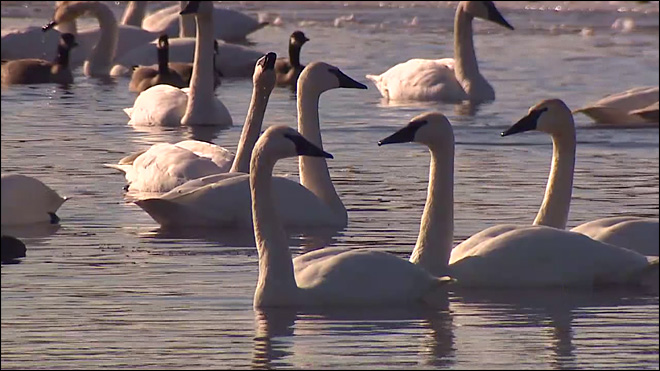OF THE
TIMES
I've had enough of someone else's propaganda. I'm for truth, no matter who tells it. I'm for justice, no matter who it's for or against. I'm a human being first and foremost, and as such I am for whoever and whatever benefits humanity as a whole.
"and consistently she does not put in that level of work." - Of course not, she's a 'diversity' hire, not a meritocracy hire. Crikey, what did you...
"allowing employees to "report unsafe events confidentially while being protected from BNSF disciplinary action and FRA enforcement." Why is this...
Wonderful yes but if the organs are filthed, none of that makes any real impact. When the organs are clean, you don't get stressed. Tense yes,...
A couple of pertinent (or impertinent if you prefer) vids that caught my eye this week: [Link] [Link]
Equal-opportunity hurt-feelings prevention at work, world-wide. Anericans are faced with mil-spec cops in riot gear for daring to exercise a...
To submit an article for publication, see our Submission Guidelines
Reader comments do not necessarily reflect the views of the volunteers, editors, and directors of SOTT.net or the Quantum Future Group.
Some icons on this site were created by: Afterglow, Aha-Soft, AntialiasFactory, artdesigner.lv, Artura, DailyOverview, Everaldo, GraphicsFuel, IconFactory, Iconka, IconShock, Icons-Land, i-love-icons, KDE-look.org, Klukeart, mugenb16, Map Icons Collection, PetshopBoxStudio, VisualPharm, wbeiruti, WebIconset
Powered by PikaJS 🐁 and In·Site
Original content © 2002-2024 by Sott.net/Signs of the Times. See: FAIR USE NOTICE

"It does concern me, yes," Pam said. "Once in a while we'll see - when it's frozen - we'll see a swan sick and an eagle sitting and waiting for it, to eat it, you know. It's very sad."
What's sad about it? Should eagles starve? More to the point, has Pam never heard of "the balance of nature?"
Trumpeter swans have made a big comeback in recent decades in western North America since hunting was banned and other protections put in place.
As usually happens when the government takes measures to "protect" species, their numbers increase to the extent that they throw the balance of nature out of balance.